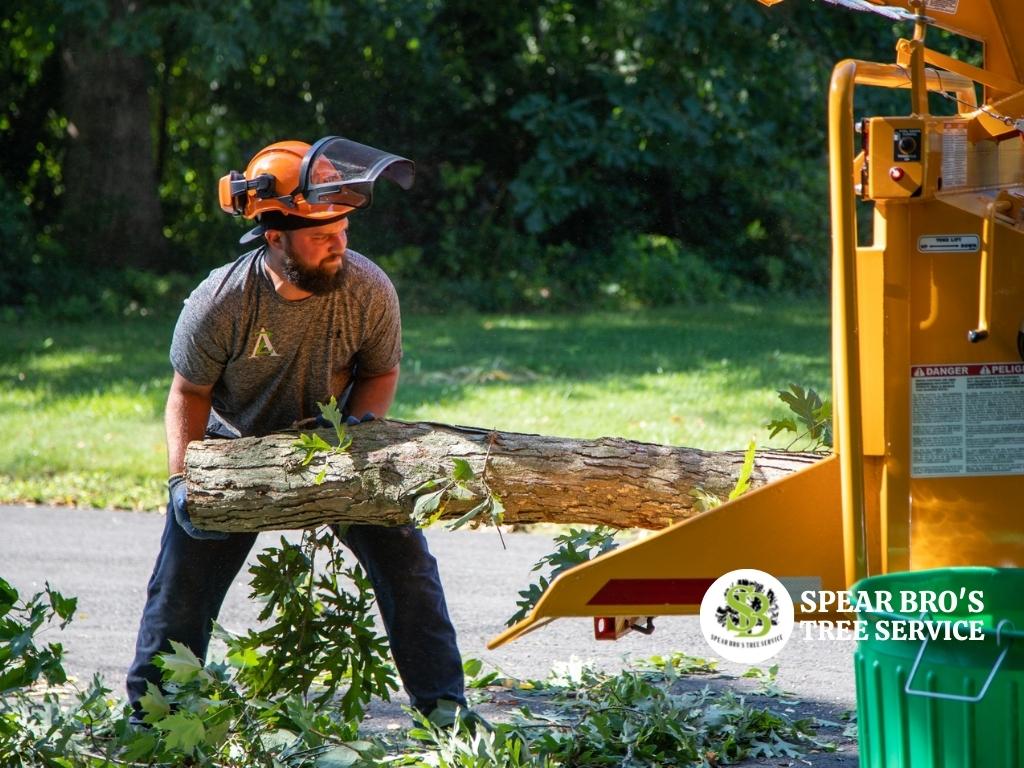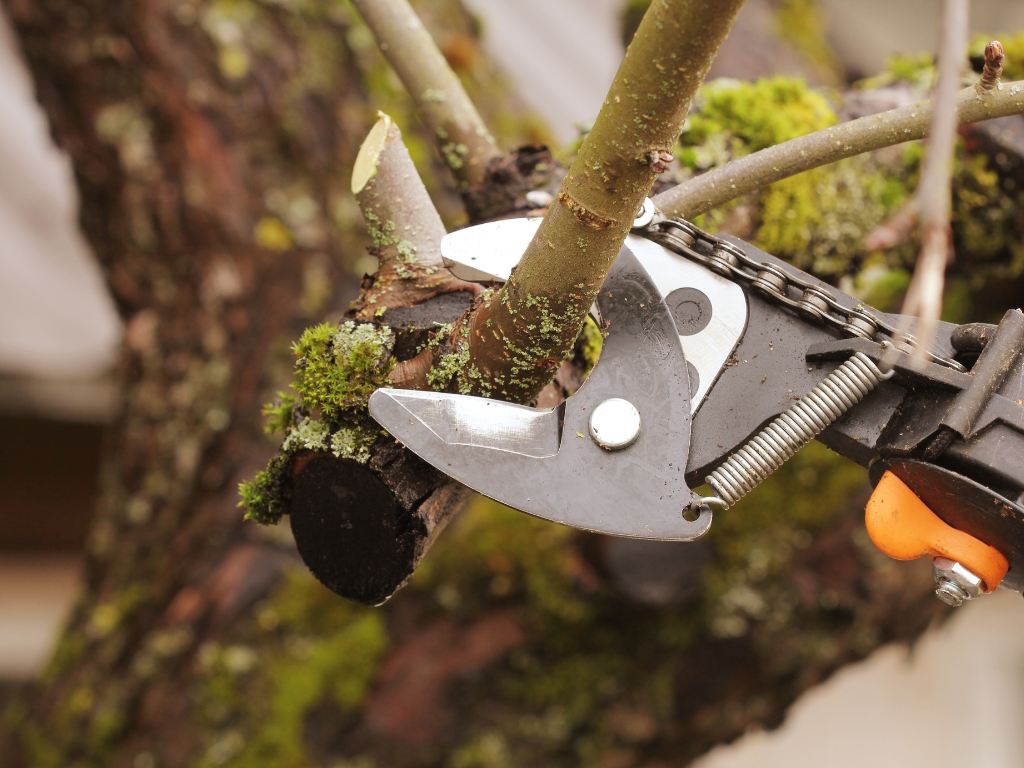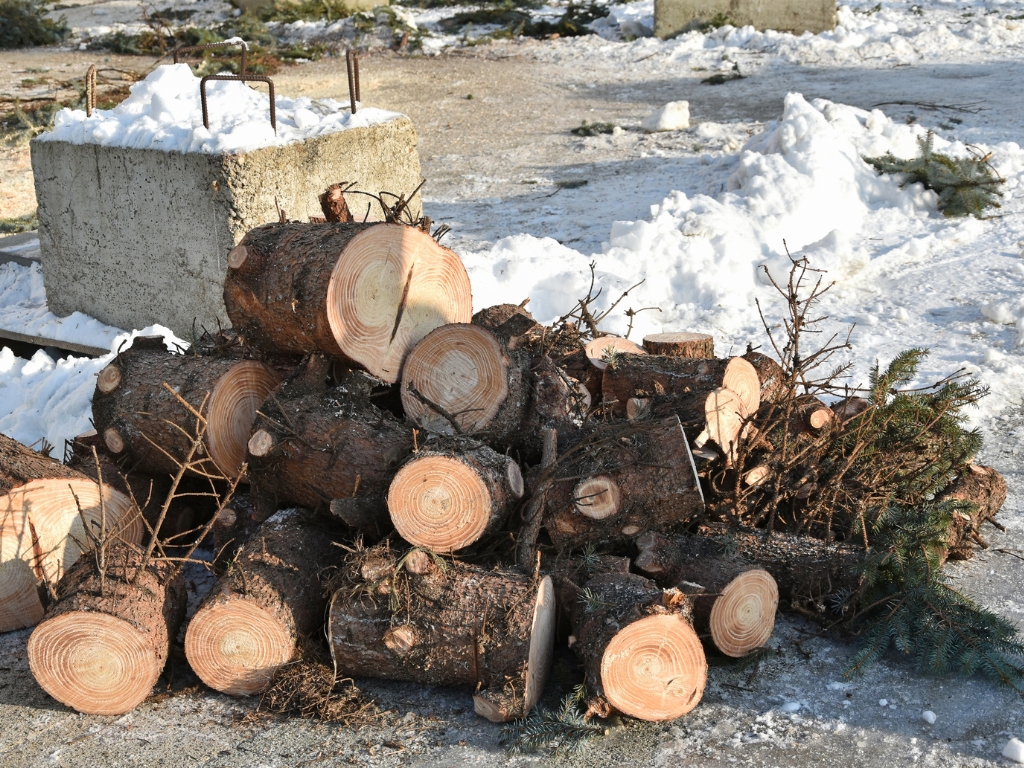When it comes to maintaining the health and safety of trees, timing is crucial. Many homeowners might not realize that winter, with its dormant season for trees, is often the ideal time to carry out specific tree services.
During this period, the absence of leaves allows for a clearer view of the tree structure, making it easier to identify and address issues. Additionally, frozen ground minimizes the impact of heavy equipment on your lawn.
Connecticut tree removal and other services can be performed more efficiently and effectively during the colder months.
1. Tree Pruning
Winter pruning is beneficial for both the health and appearance of trees. It reduces the likelihood of pest and disease issues due to the dormant state of the trees and clearer visibility of their structure, facilitating accurate trimming of necessary branches. This process is vital for eliminating branches that may be hazardous or unhealthy.
Pruning in the colder months is key for enhancing the tree’s springtime growth. By cutting away dead or dense branches, the tree receives more light and air, fostering healthier development and preserving its natural form. It’s important to use correct pruning methods to avoid harming the tree, and professional guidance is advised for complex pruning tasks.
Pruning during winter also protects the surrounding landscape from damage. The frozen ground lessens the impact of heavy pruning equipment on soil and nearby vegetation, an important consideration in residential areas. In regions like Connecticut, tree pruning and removal are often combined in winter to provide thorough tree care.
2. Tree Removal
In winter, tree removal becomes more efficient, particularly in places like Connecticut. The lack of leaves during this season allows experts to better evaluate the tree’s health, making it easier to spot issues like decay or structural weaknesses that aren’t visible when the tree is fully leafed. This detailed inspection is crucial for deciding if a tree poses a safety risk and needs to be removed.
The cold weather conditions facilitate the tree removal process. The hard, frozen ground offers stable support for heavy machinery, minimizing the risk of damaging the landscape, which is particularly important in urban areas to protect the soil and nearby structures. Additionally, with less foliage and undergrowth in winter, the cleanup after tree removal is much simpler and more efficient.
In areas such as Connecticut, removing trees in winter is often necessary for handling aging, sick, or precariously placed trees. This not only ensures public safety but also prepares the area for new growth in the coming spring. This proactive approach reduces the danger of branches falling during storms or under heavy snow, and is less disruptive to wildlife, which is typically less active or away during winter.
3. Pest Management
Winter presents an ideal opportunity for effective pest control in trees. During the colder months, many pests and diseases enter a dormant state, allowing for the application of treatments that prevent infestations without harming beneficial insects. Applying dormant sprays at this time is vital for stopping pests early, helping to keep trees healthy year-round.
Inspecting trees in winter is a crucial part of pest management. Specialists can more easily spot signs of previous pest activity or disease on the bare trees, making early detection and prevention strategies more effective. Addressing these issues promptly is critical for averting serious problems in the warmer seasons.
In places with cold winters, such as Connecticut, managing pests in winter is an essential aspect of tree care. This season is optimal for dealing with pests that are more problematic in warmer months. Treating trees for pests and diseases during winter helps them remain resilient against these challenges throughout the year, an important practice for the health and longevity of trees in both urban and suburban environments.
4. Tree Cabling and Bracing
Cabling and bracing play a crucial role in preserving the stability of trees, particularly those with weak or damaged limbs. The winter season, with its leafless branches, is ideal for these procedures as it allows for clear identification of branches that require support, leading to precise and non-invasive installation of support systems. This ensures the effectiveness of the cabling and bracing while minimizing impact on the tree.
The primary purpose of these support systems is to fortify trees against limb failure, a common concern in winter due to the added weight of snow and ice on branches. Cabling involves the use of steel cables to evenly distribute weight across branches, reducing stress, while bracing uses rods for direct support. Together, these techniques strengthen the tree’s structure, prolong its life, and lessen the risk of property damage.
In regions with severe winters, such as Connecticut, cabling and bracing are valuable alternatives to tree removal for trees with structural weaknesses. These methods not only ensure the safety of both the tree and surrounding areas but also help in retaining the aesthetic and ecological value of mature trees within the landscape. This proactive approach is crucial for the long-term preservation and safety of trees.
5. Tree Planting
Planting trees in late winter brings unique benefits, such as reduced transplant shock due to cooler temperatures and the trees’ dormant state, which facilitates gradual root establishment. This slow development of roots before spring sets a solid foundation for the tree, making it more resilient against summer heat and dry conditions. The moist soil of winter also contributes to deeper and stronger root growth.
The winter season extends the timeframe for planting trees, particularly due to frequent Connecticut tree removal. Planting during this time helps maintain a consistent tree canopy, crucial for local ecosystems and the landscape’s visual appeal. It provides an opportunity for homeowners and landscapers to thoughtfully plan and execute their landscaping without the haste often associated with spring planting.
Additionally, winter planting positions trees for vigorous growth come spring. With a robust root system already in place, trees are primed to flourish with new foliage and branches as temperatures rise. This early start is vital for the tree’s health and growth, making winter planting a strategic choice in areas with distinct seasonal changes, promising long-term environmental and aesthetic rewards.
Conclusion
The winter season presents an ideal time for a range of essential tree services, crucial for their well-being and security. Services like Connecticut tree removal and pruning are best executed during the dormant winter months for effectiveness and safety. Tending to trees in winter readies them for a vigorous spring and safeguards the nearby landscape.
Taking care of trees in this colder period is key to maintaining their long-term health and aesthetic appeal. Prioritizing tree care in winter is fundamental for their enduring vitality and beauty.
For expert care and assistance, look no further than Spear Bro’s Tree Service. With our experienced team and commitment to quality, we’ll ensure your trees are perfectly pruned, safely removed, and thoroughly cared for during the winter months.





